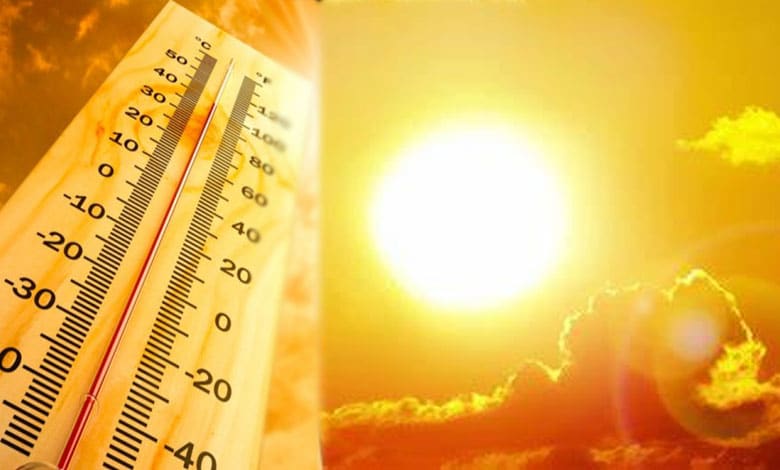
MINNEISKA — Each week in winter and early spring, Ed Hahn stops at Lock and Dam 5 south of Minneiska to experience the joy of counting bald eagles diving into the Mississippi River for fish, grandly soaring over the bluffs or loafing in bluffside trees. Then there was Thursday. ADVERTISEMENT The director of Advancement & Marketing Communications at the National Eagle Center in Wabasha stopped at 8:30 a.
m., got out of his car and immediately pulled on parka and gloves to fend off wind chill of maybe minus 15 or 20 degrees. But he’s been doing it for nine years so he knows winter can be really wintry.

He was ready but wasn’t expecting much because this season has been slow. His expectations were met. Hahn counted maybe five, including a juvenile.
He went out on the lock viewing platform, did a 360-degree binocular sweep of river, bluffside trees and the sky, looked on the upriver side of the dam then hurried back to his warm car where we talked about bald eagle viewing. His top count so far this winter was 20 about a month ago (84 in 10 counts), he said. The center has people counting 12 places along the Mississippi from Hastings to Dresbach.
“Winter is prime bald eagle viewing season,” he said. “They are easier to see. Basically (it’s) a way to give an informal gauge to people to say hey, this week we’ve seen them here and here, the activity is good or maybe some weeks there isn’t a lot going on.
” It’s only semi-scientific, unlike the golden eagle count in mid-January when most or all watchers go out on the same day in preset places, he said. Weekly bald eagle counts are vastly variable with a high of 5,677 in 2021-22, plummeting to 1,498 in 2022-23 and soaring back to 3,978 last year. As of last week, the count was 1,328.
ADVERTISEMENT It’s so variable because of weather. Bald eagles gather in several places, such as open water before locks and dams, Colvill Park in Red Wing and Wabasha. But in mild winters, such as a few years ago, much of the river is open and eagles are more spread out, he said.
As he spoke, he kept looking for eagles. “There’s one flying into a tree,” he said, then got back to his explanation. The other factor, the one probably coming into play this winter, is snow.
Eagles are opportunists and in low-snow winters, eagles will spread out many miles from the Mississippi. “They can go anywhere they want and find that stuff (like dead deer) because it’s not buried under the snow,” Hahn said. He tested that, recently going atop a Wisconsin bluff and ”look at the trees! Boom boom, boom, they are all up on the ridge, not down here in the valley,” he said.
So don’t worry about the bald eagles, they are doing well, he said. The golden eagle count also has watchers count bald eagle and those numbers have been high and steady, he said. In a few weeks, when more migrating eagles come north, he expects to see 80 to 120; his best count was around 200, though it’s really hard to be exact because they swoop, dive, glide, roost and mingle.
ADVERTISEMENT “I look forward to it on mornings where it’s not zero outside,” he said. “I can hear them calling. They are all circling over the dam, they are diving to the water.
It’s a good dose of nature is what it is.” I stayed around a bit longer but saw nothing. Outside Plainview, I saw a bald eagle standing in a field, probably feeding.
Hahn was right. While Hahn is upbeat about eagle numbers, Scott Mehus, the center’s education director, had some words of caution. “Bald Eagle numbers are doing very well after coming back from the brink of extinction, (but) we still need to be concerned for their future,” he said.
Noted environmentalist Rosalie Barrow Edge said “The time to protect a species is while it is still common.” That’s one of the reasons for the weekly counts, to be “aware of what is going on in the natural world,” he said. Deer will feed on carrion along the roads and can get hit by cars.
They might feed on gut piles of hunter-shot deer and ingest a tiny bit of lead that can kill them, Mehus said. And then there is avian influenza, also known as bird flu. It “really scares me with how quickly it could decimate eagle, raptor, and other bird populations.
The longer it is around, it can mutate or change easily and even obtain new characteristics,” he said. ADVERTISEMENT Two nesting season ago, when the bird flu hit hard, he saw 40 percent lower nesting activity in 110 bald eagle nesting sites along the river. John Weiss has written and reported about Outdoors topics for the Post Bulletin for more than 45 years.
He is the author of the book "Backroads: The Best of the Best by Post-Bulletin Columnist John Weiss.”.















